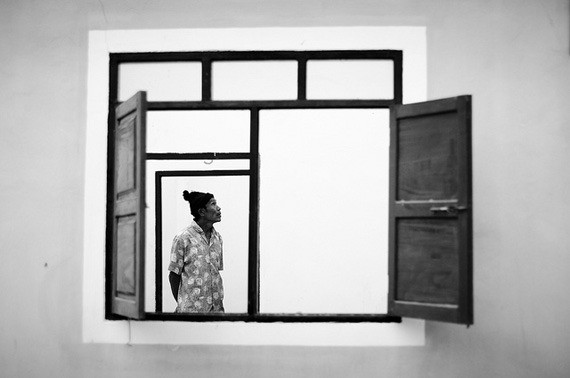The Sims 4: сompositions, techniques and rules for photography
In this article we will explore various techniques in photography that will enhance your skills and help you unleash the potential of your work. Let's delve deeper into the process of creating harmonious photos.
What is composition?
Composition basics are the rules that allow for the harmonious arrangement and combination of objects to create a cohesive picture. Understanding these rules is essential not only when photographing people but also objects, among other subjects. It's important to grasp which element will be the focal point, capturing the viewer's attention, and how other elements will complement and balance the overall image.

Basic principles for building a harmonious shot:
1. The rule of thirds:
This rule is simple and aids in placing objects within the frame. Visually, the image is divided into nine sections using two horizontal and two vertical lines. Important objects should be positioned along these lines or at the intersections. It's these areas that attract the viewer's attention first.

2. Framing
Framing is a technique where the main subject of the photo is placed within a frame created by other objects in the image. This frame complements and enhances the story, helping to highlight the main subject in the photo. It's important that the main subject and the frame don't compete for the viewer's attention and don't contradict each other in terms of the narrative. Examples of frames can include a window, an archway, gaps in tree branches, a wave, a beam of light and other objects.




This technique is loved by The Sims 4 team and is often used in their trailers)))



3. Leading lines
They work excellently as guides, directing the viewer's attention to what matters. Roads, railway tracks, staircases, even a fence line, all of these can direct the viewer's gaze. Both straight and curved lines can be visually appealing.



4. The symmetry
The symmetry technique in a frame could be considered a violation of the rule of thirds, which advises against placing objects in the center of the frame. However, there are cases where it's appropriate to center an object in the frame. Symmetrical scenes are often encountered in architecture: buildings, bridges, squares.


We won't delve into complex techniques like the golden ratio and triangles; these are the most basic rules that will enhance your work and help you.
However, one important factor to mention is depth of field or depth of focus.
Depth of field is about highlighting the subject from the surroundings.
Portraits of both people and animals often rely on the relationship between a sharp foreground and a blurred background. When the background isn't separated from the subject, the image blends together.

*An example of lack of depth of field is provided, where the model blends into the background*
To visually separate the subject several rules should be followed:
- Blur
- Backlight
- Shadows, highlights
- Additional objects, interaction with objects
- Movement
In this work, the backlight clearly delineates the model from the space, drawing attention to it.

Here the models are separated from the background by blurring, and movement is created by simulating a walk.

In this work the models interact with an object (a car), providing a corresponding visual representation in the picture.

Here the model is simply standing without posing, yet the picture grabs attention with an unusual angle, creating dynamism.

Effective handling of light and shadow is a guarantee of standing out and drawing attention among others.

We hope you will use these tips!
al_zhex:



